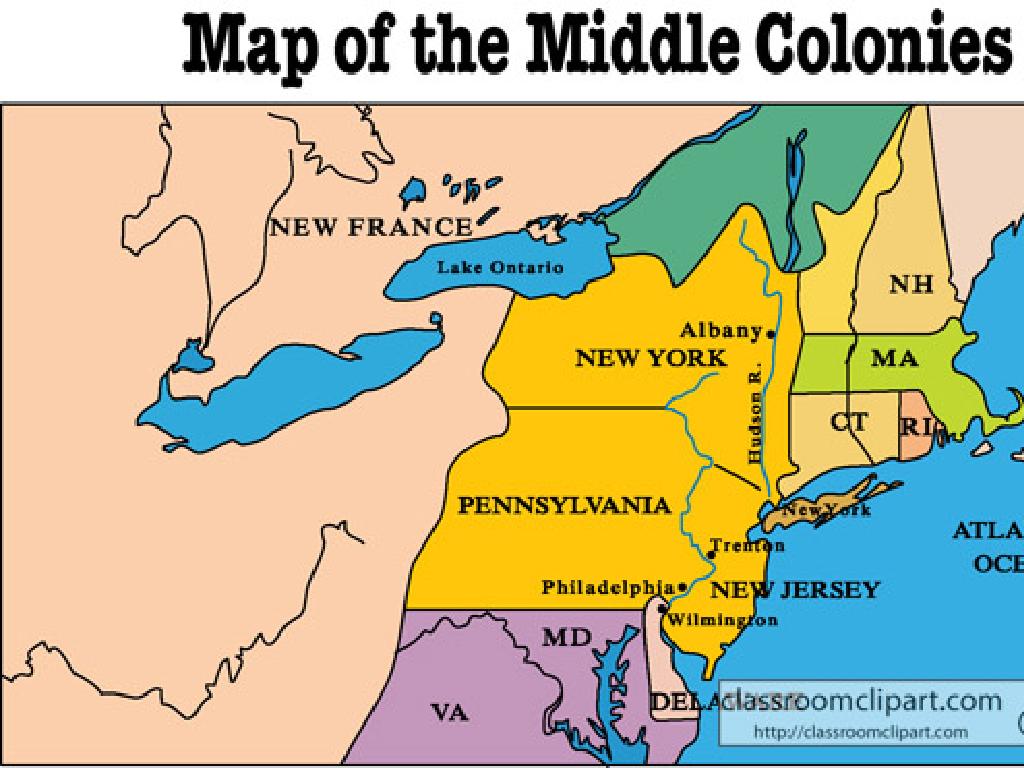Alkanes Cycloalkanes And Functional Groups"
Subject: Science
Grade: High school
Topic: Organic Chemistry
Please LOG IN to download the presentation. Access is available to registered users only.
View More Content
Introduction to Organic Chemistry
– Explore Organic Chemistry basics
– Study of carbon-containing compounds and their properties
– Alkanes and Cycloalkanes overview
– Saturated hydrocarbons with single bonds, cyclic compounds with ring structures
– Functional Groups in Organic Molecules
– Groups of atoms within molecules that are centers of chemical reactivity
– Significance of Organic Chemistry
|
This slide introduces the fundamental concepts of Organic Chemistry, a branch of chemistry focused on carbon-based compounds. Begin with a general definition and importance of Organic Chemistry in understanding the chemical reactions and properties of organic substances. Discuss alkanes as the simplest hydrocarbons with single bonds and cycloalkanes as their ring-structured counterparts. Introduce functional groups as specific groupings of atoms within molecules that dictate how these molecules will react with others. Emphasize the relevance of Organic Chemistry in various scientific fields such as medicine, pharmacology, and biochemistry, and its role in the development of new materials and drugs.
Exploring Alkanes in Organic Chemistry
– Alkanes: Definition and Formula
– Saturated hydrocarbons with single bonds, general formula CnH2n+2
– Characteristics of Alkanes
– Nonpolar, less reactive, used as fuels
– Simple Alkanes: Methane to Propane
– CH4 (Methane), C2H6 (Ethane), C3H8 (Propane)
– Alkanes’ Role in Organic Compounds
|
Introduce alkanes as the simplest class of hydrocarbons, consisting entirely of single bonds and saturated with hydrogen. The general formula for alkanes is CnH2n+2, where ‘n’ is the number of carbon atoms. Discuss their characteristics, such as being nonpolar and less reactive, which makes them suitable for use as fuels. Provide examples of simple alkanes, starting with methane (CH4), ethane (C2H6), and propane (C3H8), and explain how they are foundational to understanding more complex organic compounds. Encourage students to recognize the patterns in alkane formulas and names to help them identify these compounds in different contexts.
Properties of Alkanes
– Alkanes are nonpolar molecules
– This means they don’t mix with polar substances like water.
– Insoluble in water
– Combustion reactions of alkanes
– Alkanes react with oxygen to produce CO2 and water.
– Environmental impact
– Use of alkanes affects greenhouse gas levels and climate change.
|
Alkanes are a class of hydrocarbons with single bonds, known for being nonpolar, which explains their insolubility in water. This characteristic is crucial for understanding their behavior and reactions. In terms of chemical properties, alkanes readily undergo combustion reactions, which are exothermic and release energy, making them valuable as fuels. However, the environmental impact of burning alkanes is significant, contributing to increased levels of carbon dioxide, a greenhouse gas, and thus to global warming. It’s important to discuss the balance between the utility of alkanes as energy sources and their environmental footprint. Encourage students to think critically about sustainable alternatives and the role of organic chemistry in addressing climate change.
Exploring Cycloalkanes
– Cycloalkanes and ring structures
– Cycloalkanes have carbon atoms arranged in a ring.
– Naming cycloalkanes with examples
– For example, cyclopropane (C3H6) is a three-carbon ring.
– Alkanes vs. Cycloalkanes
– Cycloalkanes have two fewer hydrogen atoms than alkanes with the same number of carbons.
– Chemical properties of cycloalkanes
– Cycloalkanes exhibit unique reactivity due to ring strain.
|
This slide introduces cycloalkanes, a class of hydrocarbons where carbon atoms are connected in a ring structure, distinguishing them from the straight-chain alkanes. Emphasize the general formula for cycloalkanes, CnH2n, and compare it with alkanes’ CnH2n+2. Use examples like cyclopropane and cyclohexane to illustrate naming conventions. Highlight the differences in chemical properties between alkanes and cycloalkanes, such as ring strain in cycloalkanes leading to different reactivity patterns. Encourage students to think about the implications of these differences in practical applications like fuel combustion and material synthesis.
Functional Groups in Organic Chemistry
– Define functional groups
– Specific groups of atoms within molecules that determine characteristic reactions
– Examples: Alcohols, Ketones, Acids
– E.g., -OH (alcohol), >C=O (ketone), -COOH (carboxylic acid)
– Influence on chemical behavior
– Functional groups dictate how a molecule reacts with others
– Role in identifying molecules
|
Functional groups are specific clusters of atoms within molecules that are responsible for the characteristic chemical reactions of those molecules. Understanding them is crucial for predicting how organic compounds will behave in chemical reactions. Common examples include alcohols (-OH), ketones (>C=O), and carboxylic acids (-COOH), each with distinct properties and reactivity. Emphasize that recognizing functional groups helps chemists identify the structure of molecules and anticipate their reactivity in various chemical contexts. Provide examples of each functional group and discuss how they influence the overall behavior of the molecule in organic reactions.
Identifying Functional Groups in Organic Chemistry
– Recognizing functional groups
– Look for specific atoms or groups of atoms that characterize the larger molecule.
– Practice with molecular structures
– Examine models and diagrams to identify functional groups in complex molecules.
– Everyday chemicals & functional groups
– Common products like alcohols in hand sanitizer or carboxylic acids in vinegar.
– Tips for identification
– Use mnemonics and visual aids to remember common functional groups.
|
This slide aims to help students identify and understand functional groups, which are specific groupings of atoms within molecules that have characteristic properties and reactivities. Start by explaining the concept of functional groups and how they define the chemistry of organic compounds. Provide practice opportunities with molecular structures, both in class and as homework, to reinforce learning. Discuss the presence of functional groups in everyday chemicals to make the information relatable and easier to grasp. Share tips and strategies, such as mnemonics, to aid in memorization and recognition of different functional groups. Encourage students to ask questions and participate in discussions to deepen their understanding.
Class Activity: Molecular Modeling
– Build alkane and cycloalkane models
– Construct models with functional groups
– Analyze properties of each model
– Consider stability, reactivity, and physical properties
– Present models and discuss significance
– Explain how structure affects function in organic molecules
|
This class activity is designed to help students understand the structure and properties of alkanes, cycloalkanes, and organic molecules with functional groups through hands-on learning. Students will work in groups to build molecular models using kits or digital tools. They should focus on the carbon-hydrogen backbone of alkanes and the ring structure of cycloalkanes, as well as identifying functional groups like hydroxyl, carboxyl, and amino groups. After constructing the models, students will analyze and discuss the properties such as stability, reactivity, and physical states. Each group will then present their models to the class, explaining the significance of molecular structure in determining the properties and functions of organic compounds. The teacher should circulate to provide guidance and ensure that discussions cover key concepts like isomerism, polarity, and intermolecular forces.
Conclusion: Alkanes, Cycloalkanes, and Functional Groups
– Recap of today’s key points
– Significance in organic chemistry
– Alkanes and cycloalkanes are the backbone of organic molecules; functional groups determine chemical reactivity.
– Open floor for Q&A session
– Encourage curiosity and clarification
– Asking questions deepens understanding and clears confusion.
|
As we conclude today’s lesson, it’s crucial to summarize the key points to reinforce learning. Highlight the importance of alkanes and cycloalkanes as fundamental structures in organic chemistry and how functional groups define the chemical behavior of molecules. Encourage students to ask questions during the Q&A session to clarify any doubts they may have. This interaction is vital for assessing student understanding and addressing any misconceptions. Remember to foster a supportive environment where students feel comfortable expressing their curiosity and seeking explanations.






